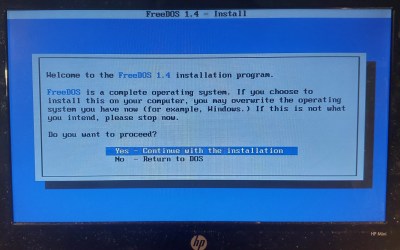When you think of neon, you might think of neon signs or the tenth element, a noble gas. But there was a time when neon bulbs like the venerable NE-2 were the 555 of their day, with a seemingly endless number of clever circuits. What made this little device so versatile? And why do we see so few of them today?
Neon’s brilliant glow was noted when William Ramsay and Morris Travers discovered it in 1898. It would be 1910 before a practical lighting device using neon appeared. It was 1915 when the developer, Georges Claude, of Air Liquide fame, received a patent on the unique electrodes suitable for lighting and, thus, had a monopoly on the technology he sold through his company Claude Neon Lights.
However, Daniel Moore in 1917 developed a different kind of neon bulb while working for General Electric. These bulbs used coronal discharge to produce a red glow or, with argon, a blue glow. This was different enough to earn another patent, and neon bulbs found use primarily as indicator lamps before the advent of the LED. However, it would also find many other uses.


















